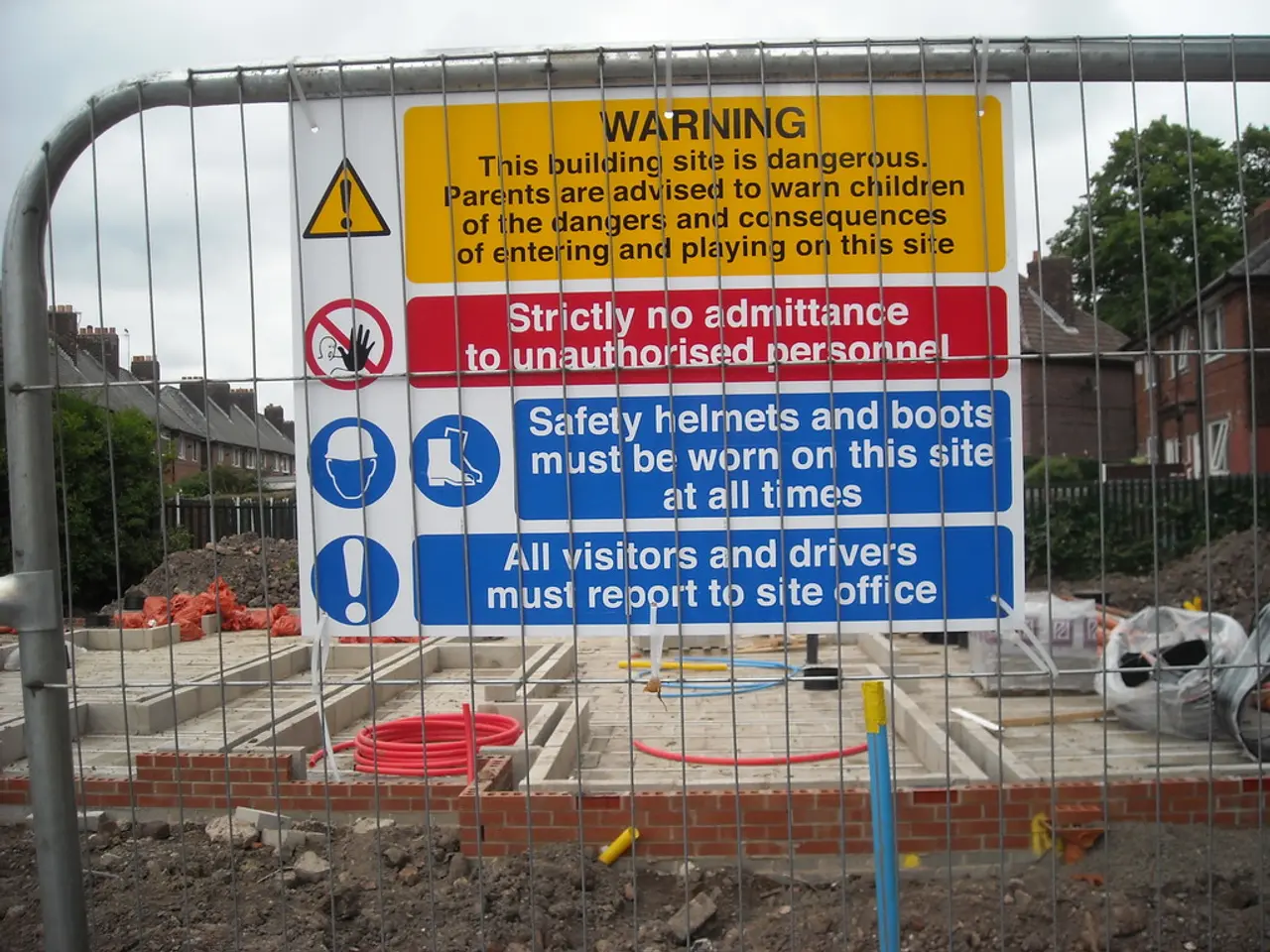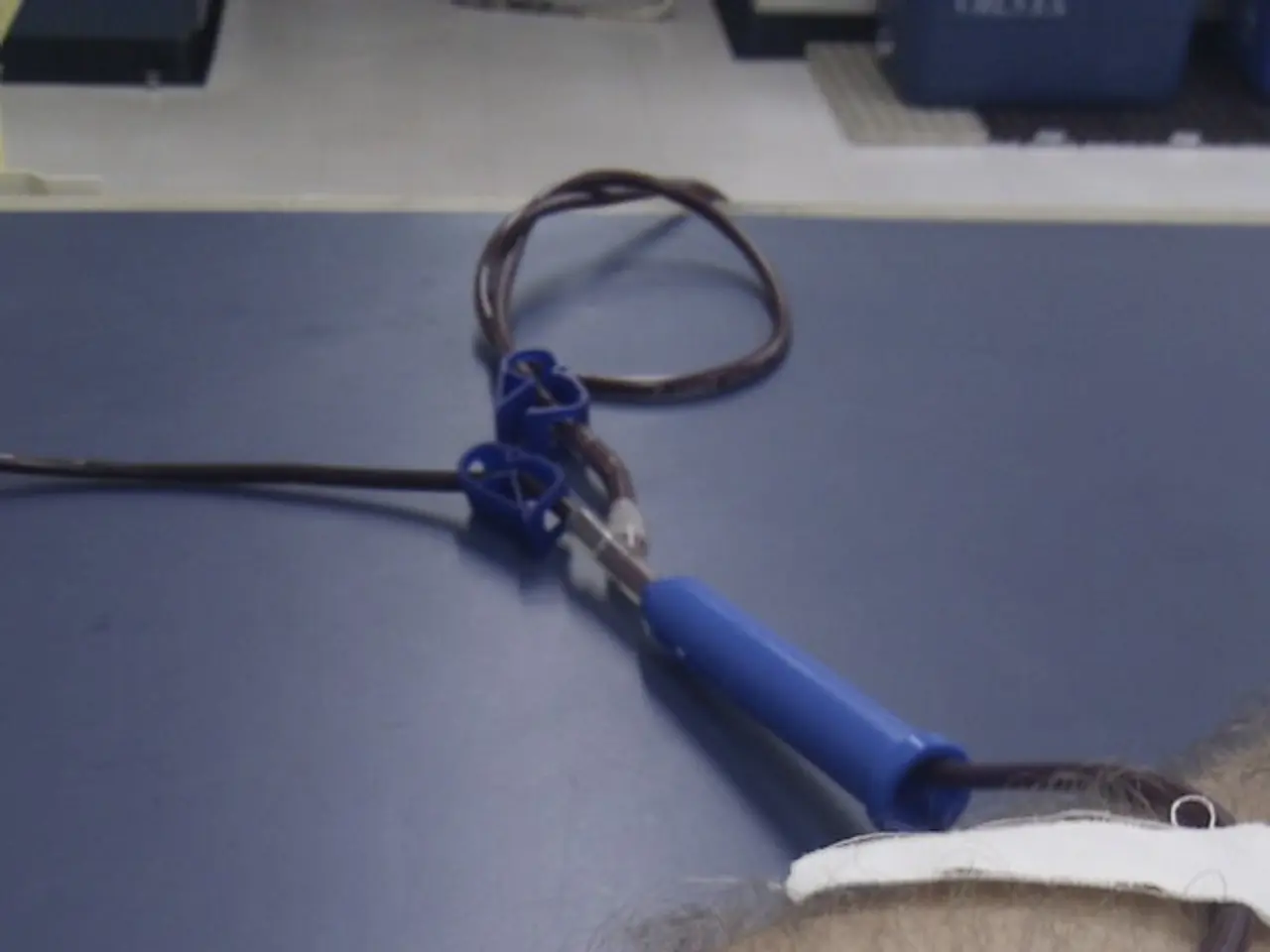UC San Diego Leads in Earthquake Research Studies
The University of California, San Diego (UCSD) has taken a significant step forward in earthquake engineering research with the completion of a major $17 million upgrade to its outdoor shake table at the Englekirk Structural Engineering Center. Funded by the National Science Foundation, the upgrade has expanded the capabilities of the facility, making it one of the world's most advanced seismic testing centers [1][2].
The upgraded shake table can now replicate near-real earthquake ground motions in six degrees of freedom (up/down, side-to-side, back/forth, as well as roll, pitch, and yaw motions), offering a more accurate representation of seismic activity than before [1][2]. This advancement enables researchers to study the behavior of structures under more realistic conditions, paving the way for improved earthquake safety measures.
Recently, the upgraded shake table was used in a groundbreaking series of tests. A 10-story, 100+ foot tall cold-formed steel structure was subjected to 18 different earthquake simulations, including a recreation of the 6.9 magnitude 1989 Loma Prieta earthquake. The objective was to explore whether the current height limits for cold-formed steel buildings could be raised from 65 feet to 100 feet or more [1][2][3][5]. Results showed the building performed exceptionally well during these high-intensity tests, providing valuable data to inform future building codes and seismic design practices.
Looking ahead, the upgraded shake table will be used for cutting-edge seismic research, including testing taller and more complex structures under realistic earthquake scenarios. The facility also serves as a training ground for researchers and students through programs like the NSF Research Experience for Undergraduates [3]. Additionally, the simulator allows investigation of cascading hazards such as fires igniting after earthquakes, expanding the scope of disaster resilience research [4].
Meanwhile, the Scripps Institution of Oceanography at UC San Diego is also making strides in seismic research. Project IDA, a seismographic network based at Scripps, is receiving a $16.7 million grant for a major upgrade. The funds will be used to install new equipment that can detect smaller and smaller earthquakes, provide better measurements of larger earthquakes, and even detect low-frequency sound in Earth's atmosphere [1]. In the immediate aftermath of an earthquake, the network can provide instant data on where the most movement, or displacement of ground, has occurred.
Research teams from Scripps are studying the Ridgecrest earthquakes to understand earthquake behavior and the mechanical properties of the Earth's crust. The GPS station closest to the epicenter showed movement of nearly half a meter after the July 2019 7.1 magnitude Ridgecrest Earthquake [6]. Scripps geophysics professor Yuri Fialko is leading these efforts, studying the effects of the Ridgecrest earthquakes on the San Andreas Fault and other active faults in southern California [7].
The California Real Time Network (CRTN), an array of 584 GPS stations that provides accurate geospatial information throughout the state, is another crucial resource for earthquake early warning systems. An earthquake early warning system with the U.S. Geological Survey, led by Kilb, aims to provide seconds of warning via phone messaging [8].
In summary, the upgraded shake table at UCSD's Englekirk Structural Engineering Center is now capable of simulating realistic, multi-directional earthquake motions. It recently tested the tallest cold-formed steel building ever on such a simulator, aiming to validate increased height limits for this construction method. Future research will build on these capabilities to improve earthquake safety for tall buildings, bridges, and other structures, and to educate the next generation of engineers. Project IDA, based at Scripps, is also receiving a significant upgrade, aiming to improve earthquake detection and understanding. The CRTN provides data for earthquake early warning systems, and research continues into understanding the effects of earthquakes on the San Andreas Fault and other active faults in southern California.
References: 1. UC San Diego News Center 2. U.S. National Science Foundation 3. NSF Research Experience for Undergraduates 4. UC San Diego News Center 5. UC San Diego News Center 6. UC San Diego News Center 7. UC San Diego News Center 8. UC San Diego News Center
- With its expansion, the upgraded shake table at UCSD's Englekirk Structural Engineering Center is not only a boon for earthquake engineering research but also a platform for health-and-wellness improvement as it aims to enhance the safety of buildings and infrastructure, thus ensuring a safer environment for the public.
- Leveraging technology, the Scripps Institution of Oceanography's Project IDA, with its proposed upgrades, will not only contribute to space-and-astronomy by detecting smaller earthquakes and low-frequency sounds in Earth's atmosphere, but also address medical-conditions by providing instant data crucial for early earthquake detection and warning systems, potentially saving lives.




